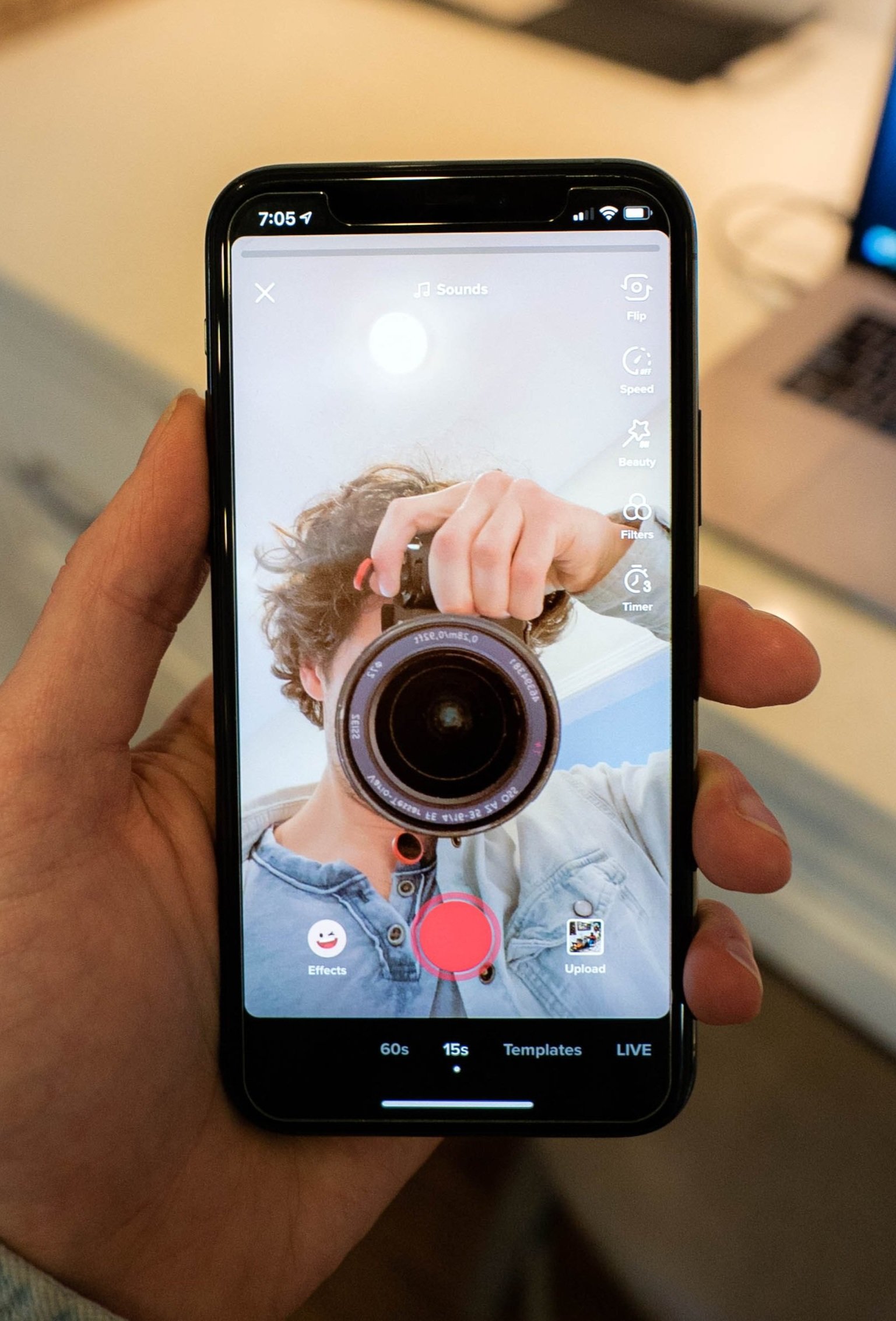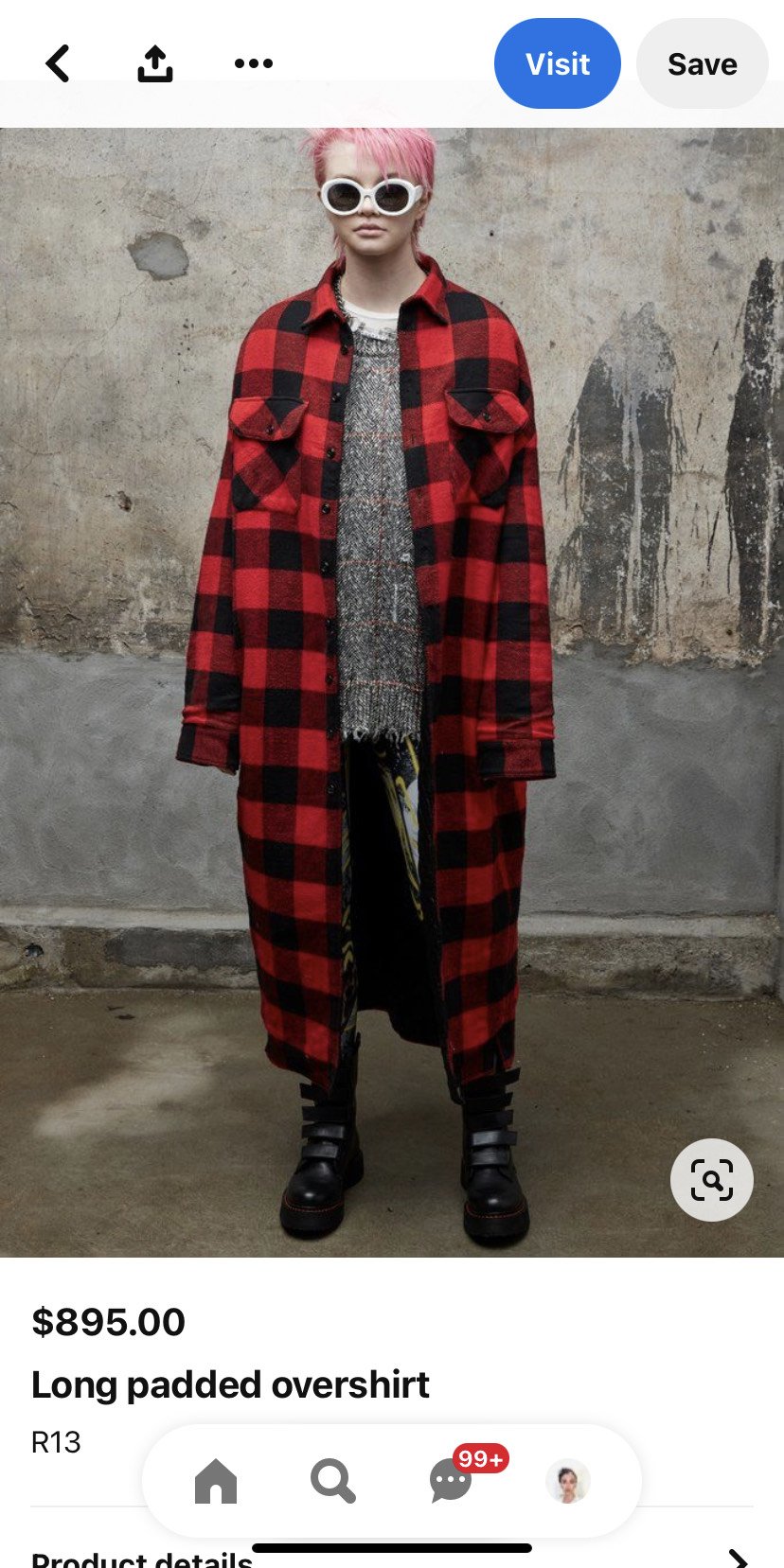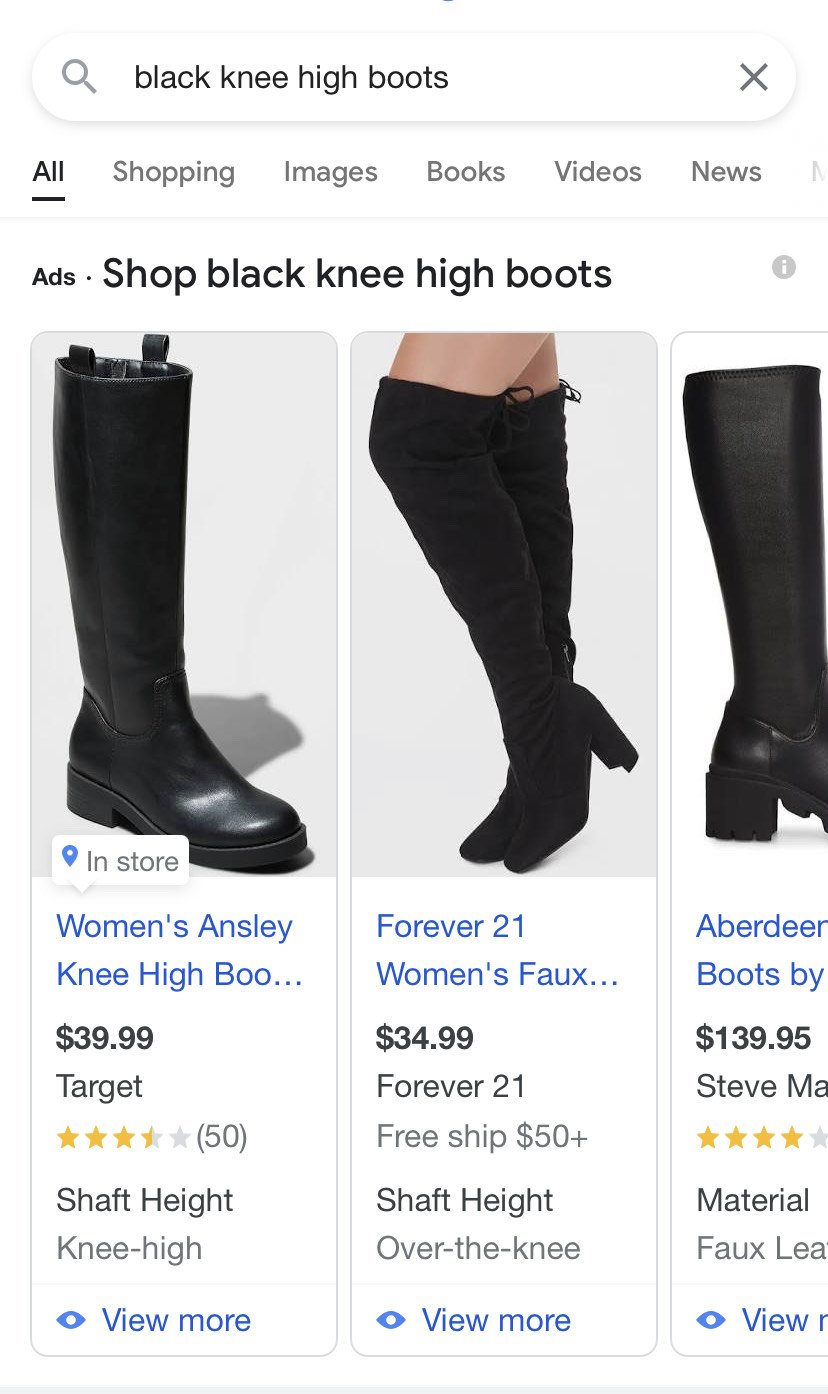Trend Alerts: Marketing Tactics To Conquer in 2022 For Social Media Success
Given the radical changes that the world and the internet landscape have seen over the past few years, it doesn’t take a psychic to predict that 2022 is bound to bring new trends in digital marketing, especially within social media. Getting ahead of the curve and forecasting what’s what in the year to come is necessary for marketers and businesses, and we’re here to help.
No Eyes On Me: The Search for Online Privacy
Being this far into the digital age has people raising questions and concerns about their online privacy and where their data is going. The COVID-19 pandemic moving folks to working-from-home in addition to the vaccine passport debate has more people thinking about their privacy than before. These concerns are beginning to show themselves through new litigation that will affect how marketers and advertisers work across the digital space and keep track of their audiences.
Google has announced their intention to ban third-party cookies on Chrome beginning in 2023, a move which forces marketers to think differently about how to get onto the screens of targeted audiences.
Web browser DuckDuckGo (a browser built specifically around the idea of online privacy that doesn’t collect your browsing data and blocks trackers from doing the same in order to target ads to you) saw record numbers in 2021 with search queries up 47%, at a whopping 34.8 billion.
And finally, the big talk of 2021, iOS14: Data collected on Apple’s iOS 14.5 update that allowed users to opt in or out of app-tracking to personalize ads showed that 96% of people chose to opt out of tracking, resulting in marketers being forced to explore different marketing channels in 2022. This update also meant that Facebook is no longer able to track things as it did previously with its pixel, and many updates on pixels and tracking codes were implemented to ensure that advertisers can track from ad to site to purchase, without much info about the user.
What does this mean for you in 2022?
It’s time to diversify your marketing channels and prioritize tracking and analytics! Update and execute strategy that isn’t solely focused on targeted ads, but rather begin to adopt marketing tactics that will get your product or service talked about via word of mouth. Essentially: Make your presence online bold enough to get into the minds of your audience without as many targeted ads!
Take on new forms of advertising that don’t revolve solely around data collection (think: Trackable ROI). For example, podcast advertising can be a great option for targeting a specific audience and demographic, as podcasts usually belong to a niche with a specific audience.
P.S. This is our cue to remind you to ensure you are up to date with data policies! Small fixes like adding a cookie pop up on your site helps you to stay on top of the game and establish an air of transparency with your audience. Additionally, utilize the data that is still available and figure out how to best utilize it in regards to achieving your business goals.
Smile, You’re On Camera: Video Continues to Dominate
If you’ve spent any amount of time online over the past year, you aren’t a stranger to TikTok and the proliferation of video content across social.
Video content is entertaining and engaging, and provides a more comprehensive view of a product or service as compared to a static image (93% of consumers reported that video content is helpful when purchasing a product, and that video content was their #1 favorite type of content from brands across social). Posting video content across platforms such as TikTok and Instagram are great opportunities for brands to leverage pop culture/specific platform trends in their content.
TikTok has blown up since the start of the pandemic in 2020, now having reached 1 billion users worldwide as of September 2021. With this meteoric rise, it’s no surprise how many brands are turning to TikTok-specific influencers and advertisements that run on the platform to help market their products. TikTok influencers’ specific audiences are engaged and interested in the creators they follow, and running video ads on TikTok gives brands the opportunity to create more interesting, engaging ad content (as opposed to static images).
Cross-posting cautiously: TikTok content can also be cross-posted to Reels and vice versa, however sharing TikTok videos with the watermark can limit their reach on Instagram. Creating your video content as its own entity, then posting it natively across channels is your best bet.
Instagram Reels were a huge trend in 2021 and are steering the app away from solely being photography focused- head of Instagram Adam Mosseri confirmed that the platform will continue to prioritize Reels in 2022. Additionally, Reels are now also being seen in the regular feed instead of just the Reels feed, increasing organic reach. Instagram will also be launching Reels-format ads, again offering brands a unique opportunity to get creative with their ads.
What does this mean for you in 2022?
Investing time and budget on creating (quality) video content will go a long way for your brand in 2022 in terms of audience engagement and increasing your reach organically and with paid ads.
The explosion of TikTok has cemented it as an app that is here to stay, and their platform-specific influencers and engaging ad options are two especially important features of the app that brands should utilize this year. The prioritization of Instagram Reels in the algorithm and the ability to now place ads using Reels means switching how brands utilize Instagram as well (what was once a photo-only app is no longer).
Talk the Talk And Walk the Walk: Establish Authentic Voice and Community
Establishing a specific voice for your company can be tricky at first. In 2021, we saw many successful examples of how brands can utilize their voice across social media in ways that establish an air of relatability that is attractive to consumers, especially millennial and gen z aged consumers.
Duolingo is one of these shining examples! In just one month, the account racked up a total of 73 million views across 25 videos and increased 1900% in following (from 50,000 followers to 1 million). They achieved this by creating funny and relatable videos that used trending sounds and jokes to play off of, and by being active in the comment sections of other popular videos. By speaking to their consumers the way that their consumers speak to each other, they found massive success. Other examples of this engaging posting cadence include the TikTok accounts that belong to RyanAir, Trojan, and CUNY.
Successful influencer relations mirrored this strategy of creating authenticity and community as well- take Parade underwear as an example. Parade launched in 2019 and since then has gained around $10 million in revenue, and they have Instagram and a unique influencer strategy to thank. By reaching out to micro/nano influencers and everyday people with a couple thousand followers with an offer to send them free underwear, they were able to effectively market their product to their exact target audience in a way that felt meaningful and genuine. Micro/nano influencers often have more sway over their audience, as their audience is more engaged and more likely to trust what they have to say or recommend.
Parade also made their brand more likable in this way by making people who technically aren’t influencers feel important and seen by being reached out to and receiving free products. By sending their product to people from all walks of life, they captured diversity in their marketing that wasn’t gimmicky or inauthentic.
Duolingo’s Social Team filming a TikTok
What does this mean for you in 2022?
Engaging in social media in a way that feels natural and relatable to a consumer base has proven to be a successful tactic and looks to stay that way moving into 2022. Now more than ever are consumers looking for authenticity and transparency in the products they buy and the companies they support.
Given the chaotic state of the world, many people come on social media to consume lighthearted, entertaining content and digital marketers have the unique opportunity to tap into this. Speaking the language of certain social media websites like TikTok will give you a leg up. As for influencer marketing, engaging with micro and nano influencers and making your audience feel special and seen can establish your brand as one that people can trust and can see themselves reflected in.
I See It, I Like It, I Want It, I Got It: E-Commerce via Social
The pandemic has drastically changed the way we shop. Although in-person retail was set to be on it’s way out with advancements in e-commerce and social media widgets that made purchasing that much easier, data shows that COVID has increased the e-commerce market by 35% since the start of the pandemic in 2020.
Many smaller brands have gone online, or shifted to Shopify and other 3rd party marketplaces during the pandemic (e.g. Etsy), but they may be leaving money on the table by not making their catalogs shoppable across social platforms utilizing all the available e-commerce tools, driving traffic from social ads, and on the non-social side leveraging Google Merchant Center for Google shopping hits and shopping ads.
Instagram Shop has made it easier than ever for brands to sell products directly to consumers with the click of a button, and this feature allows entrepreneurs to kill two birds with one stone by combining social media presence and e-commerce into one entity.
Instagram now allows ads to be run on Instagram Shop as well, in addition to shopping in Reels and the “Affiliate” feature which allows creators/influencers to more seamlessly earn commission off of products they promote.
Instagram Shop
Facebook Shop, like Instagram Shop, is another feature that allows businesses to more easily create an ecommerce platform that coincides with their social presence. Facebook has recently expanded their Shop feature, by bringing it to WhatsApp and Facebook Marketplace, as well as waving business fees to those that join through June 2022 in an effort to aid businesses during the pandemic. Also similar to Instagram Shop, Facebook Shop users can also place ads on the platform.
Facebook Shop
Pinterest, a visuals-focused platform, also has a shopping feature that brands can use to their advantage. Brands can establish themselves on Pinterest and post aesthetically pleasing photos of their products to increase organic reach, while simultaneously tagging the image with a link directly to their shop to purchase.
A Pinterest Shop tab can be created that lives alongside your account, that way brands can draw users to their account by posting aesthetically pleasing content, then users can see the Shop tab and choose to scroll through. Pinterest Shop is a great option for fashion, beauty, home, and lifestyle brands looking to capitalize on organic search (think: searching for recipes, how-to videos, and inspiration for a fashion look), and users saving the pins for later in their own boards, giving the pins reach far into the future.
Pinterest Shop
Google Merchant Center enables product ads to be shown on Google Search, with their title, price point, and image to be displayed upon search. By displaying a high-quality image of the product alongside its price point, users are more likely to be interested in clicking and purchasing because the product information is being shown to them upfront after searching keywords that align with the product.
Google Search Ads via Google Merchant Center
What does this mean for you in 2022?
Establishing an e-commerce presence via socials in 2022 is an excellent way to find your consumers on the platforms they utilize most on the daily.
Taking the shopping experience to them via Instagram, Facebook, Pinterest, and Google search makes it easier for consumers to find and purchase products that most interest them, and gives brands an opportunity to bolster their social presence and expand upon the visual/aesthetic component of their business.
Additionally, in order to fill in the gap made by the jump from in-person to online retail, marketing professionals have the ability to imbue the e-commerce experience with personal connection via conversational marketing.
What does conversational marketing look like in action? Direct, personal conversations with customers as they shop in the form of live chat, chatbots, and messaging apps, and community management. By creating a way for customers to have someone to speak with and ask questions to while they shop, they are more likely to feel comfortable purchasing a product that they can’t actually feel and examine in person (74% of millennial aged consumers report that the way they see a brand improves if that brand converses with them on socials).
In 2022…
Focus on creating a personal connection with consumers.
Be less salesy, and more genuine.
Explore new channels for getting brands and products seen by their audience, such as via podcast advertising and word-of-mouth marketing by creating an engaging and memorable social presence.
Get involved with Instagram Reels and TikTok to stay relevant and get your content seen by new eyes.
Learn to speak the language of certain platforms and generations to make your brand interesting and relatable to your audience (looking at you, millennial and gen z consumers)
Take on influencer campaigns that involve micro and nano influencers to be able to better capture an audience’s attention and gain genuine interest and engagement.
Utilize ecommerce across social platforms and utilize conversational marketing tactics to supplement the ecommerce experience’s lack of personal touch.
Intrigued by these trends, and realize you need some support to scale your business in 2022? We can help! Contact us and establish your online presence to help your business grow this year.












